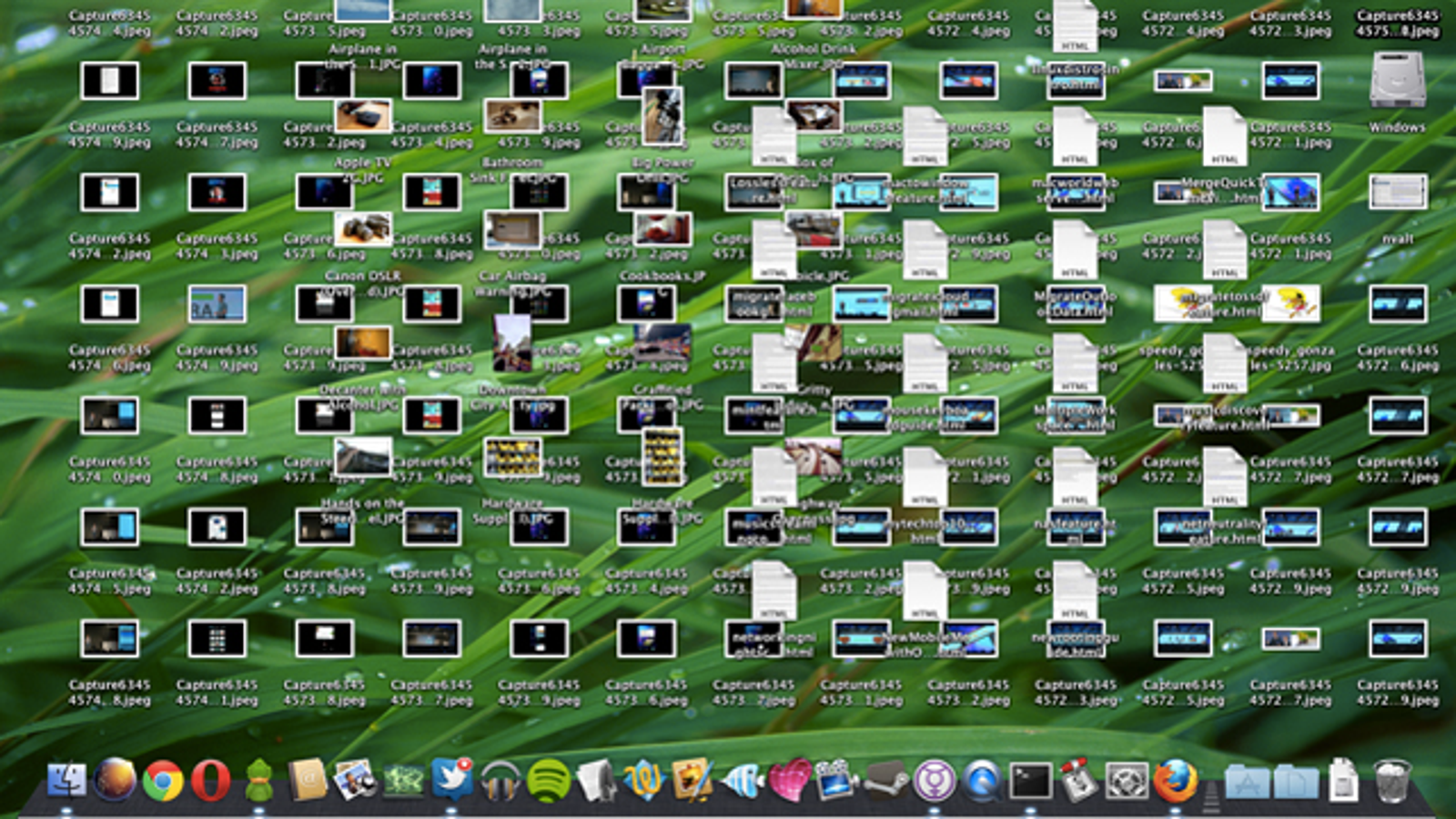

Click the Apple icon and go to System Preferences > Users and Groups > Login Items, you can see which apps are programmed to launch on startup#.

It will take a long time for your Mac to start up if you have a lot of apps set to run when you boot up. Try using Optimize Storage if you're a heavy media user on your Mac! Disable startup items The most useful tool, however, is Optimize Storage, which enables you to delete downloaded television shows, email attachments, etc. Here you'll find a variety of useful tools, such as methods for storing files in iCloud and identifying clutter that can be deleted. In the pop-up window that appears, select the Storage tab.

Click on the Apple icon in the top-left corner and then on the drop-down menu, select About This Mac.In MacOS Sierra, Apple added Optimize Storage, which helps free up space and improves performance. When updates are available, your Mac will most likely notify you via a desktop notice. This can be accomplished by hovering your cursor over the Apple icon in the upper-left corner and choosing App Store from the menu. Make sure you are running the latest version of OS X and that you have the most up to date drivers installed on your Mac. Software updates frequently repair problems and issues that may be slowing down your machine. Upgrade memory to get your Mac to run fasterĬheck for macOS software and driver updates.Remove Web Browser Add-Ons and Extensions.Ensure that your Mac has sufficient storage space.Halt and restart Spotlight to make your computer faster.Use Activity Monitor to find problem apps.Check for macOS software and driver updates.If you perform these tasks on a regular basis, your Mac will consistently run faster. These quick steps don't take very long to do, but they'll make a big difference in your Mac's performance. This problem can be easily avoided by cleaning your Mac on a regular basis.

As a Mac ages, it tends to progressively run slower until you are eventually left looking for how to make your Mac run faster.


 0 kommentar(er)
0 kommentar(er)
